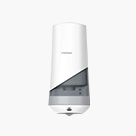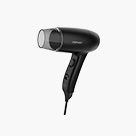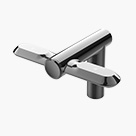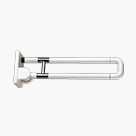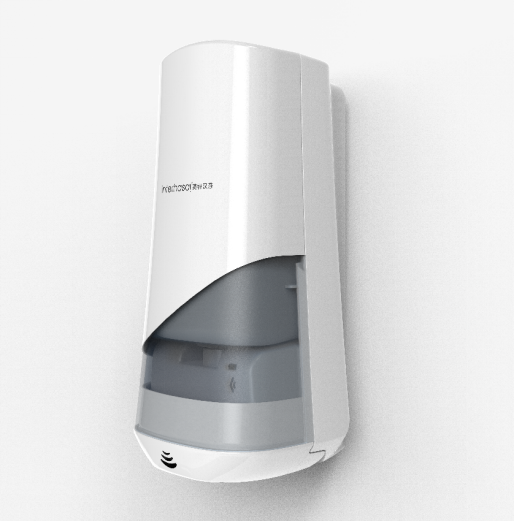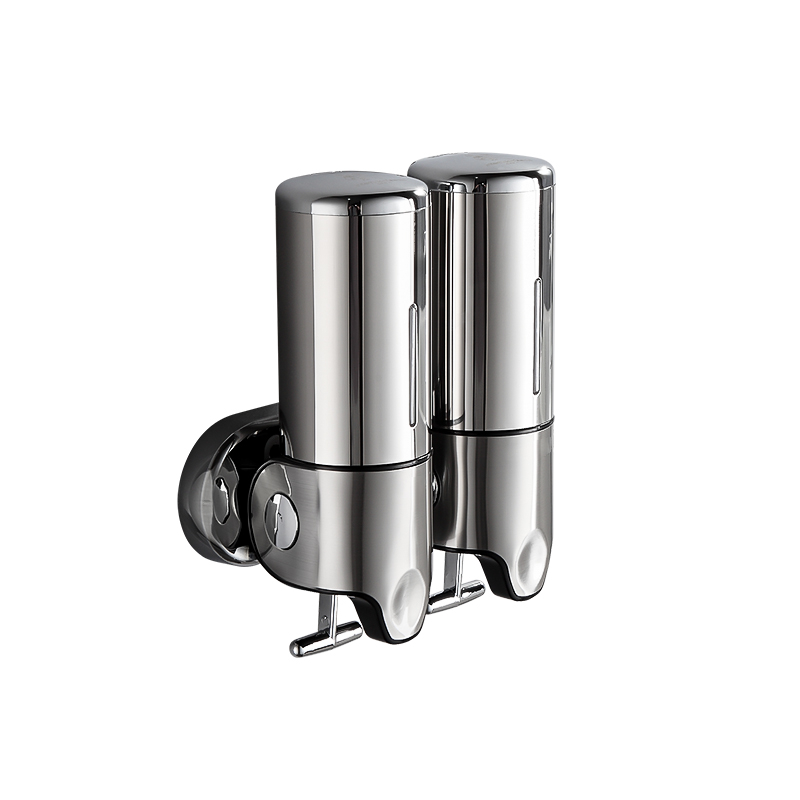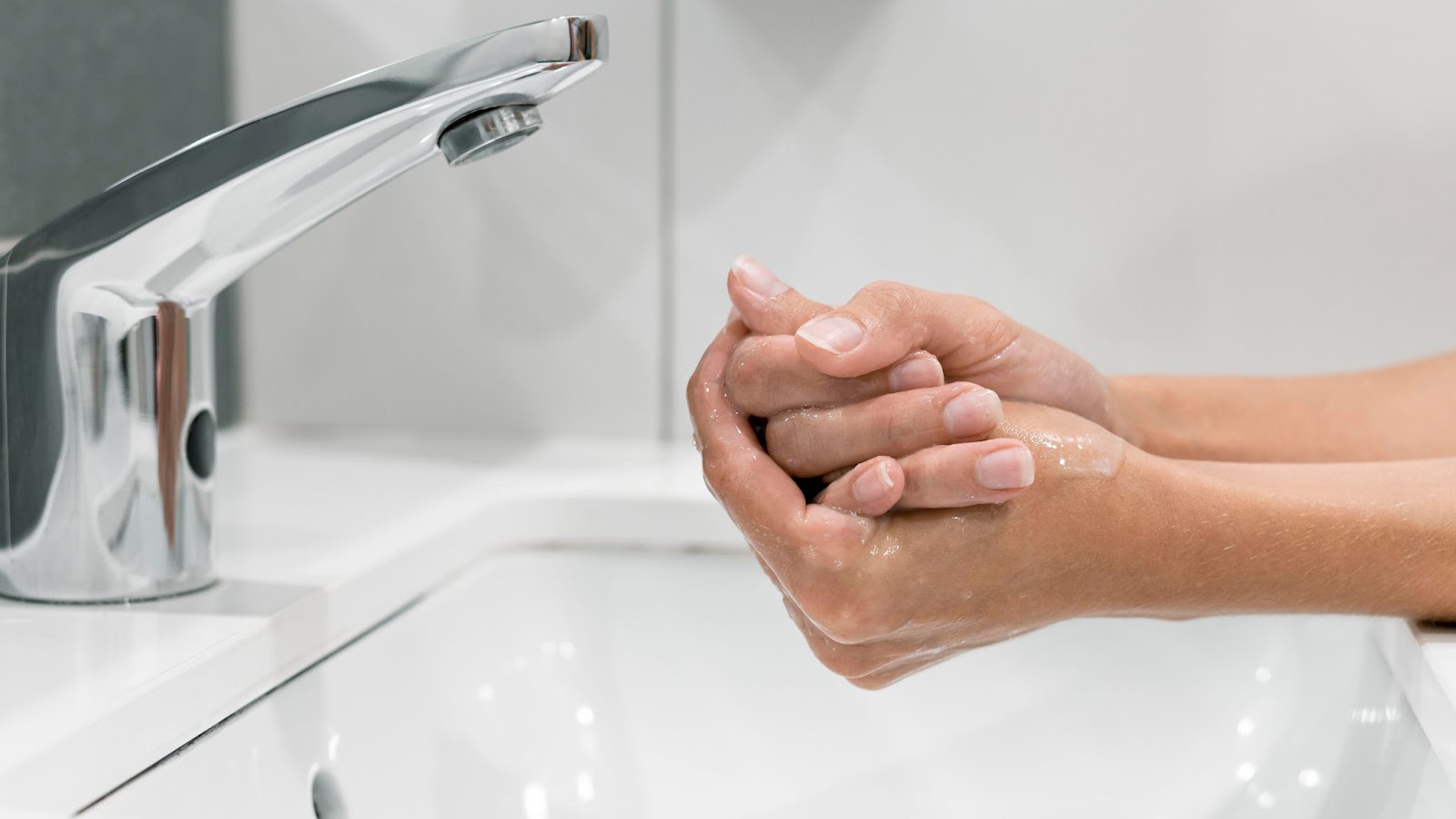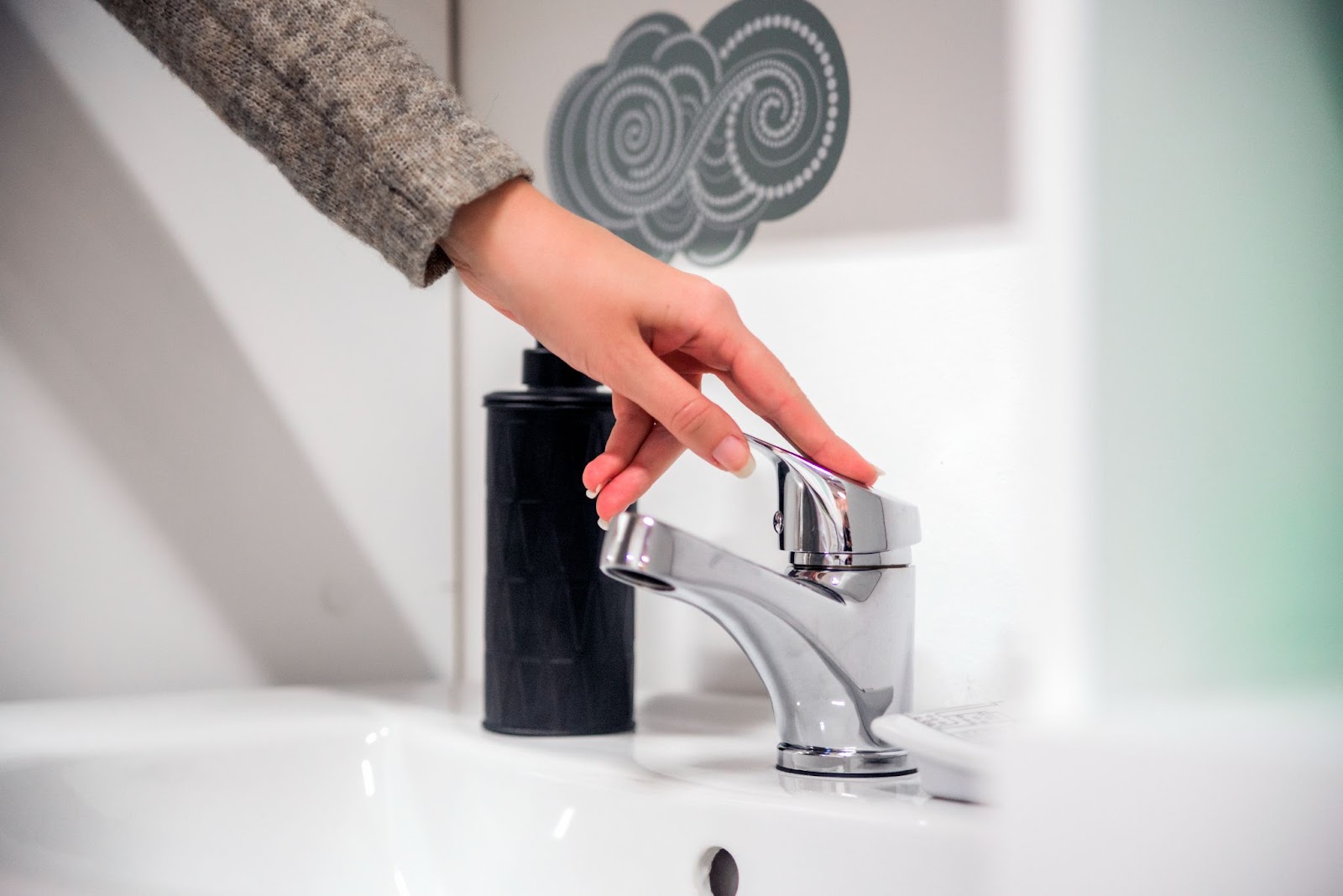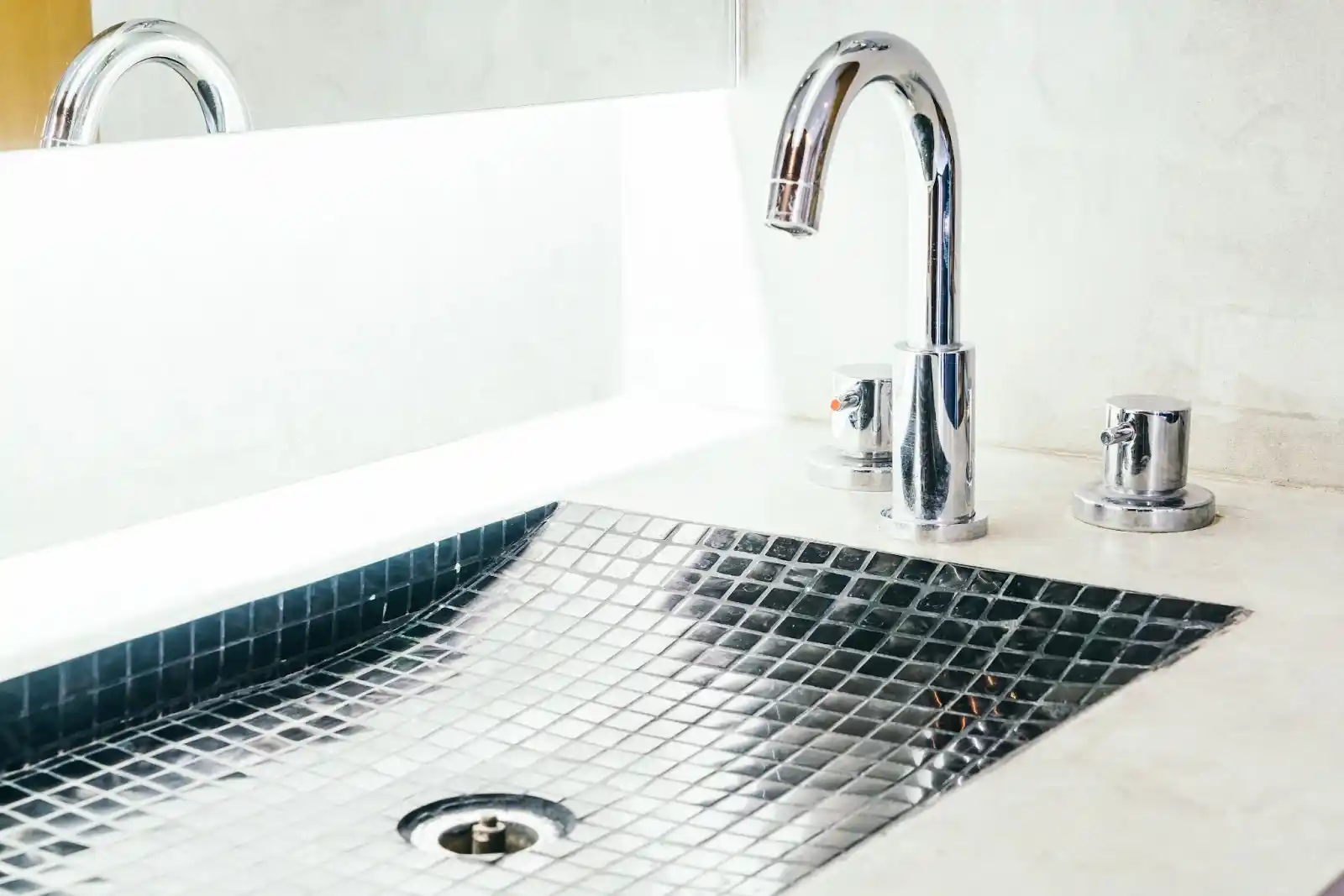If your automatic soap dispenser is not working, the most common causes include dead batteries, clogged soap, or a faulty sensor.
Fixing these issues usually involves cleaning the dispenser, replacing the batteries, or unclogging the pump.
This guide walks you through troubleshooting and repair steps to get your soap dispenser working again.
Common Reasons an Automatic Soap Dispenser Stops Working
An automatic soap dispenser can stop working for several reasons, but most are easy to diagnose and fix.
#1. Sensor Malfunction
If the sensor is dirty or blocked, it won’t detect motion properly. Soap residue or dust can interfere with its operation.
#2. Empty or Clogged Soap Reservoir
When the soap reservoir is empty or clogged, the dispenser won’t release any soap. Thick or expired soap can also cause blockage.
#3. Battery Issues
If the batteries are weak or dead, the dispenser won’t function. Corrosion in the battery compartment can also prevent power from reaching the device.

The Right Choice for Your Business – Check It Out!
#4. Faulty Pump Mechanism
The pump is responsible for drawing soap from the reservoir and pushing it out. If it’s clogged, broken, or worn out, the dispenser won’t work.
Understanding these issues helps determine the best troubleshooting steps.
How to Troubleshoot an Automatic Soap Dispenser
If your automatic soap dispenser isn’t dispensing properly, follow these troubleshooting steps:
Step 1: Check the Batteries
Replace old or weak batteries with fresh ones and ensure they are inserted correctly. If the dispenser has a power indicator light, check if it turns on.
Step 2: Clean the Sensor
Wipe the sensor with a damp cloth to remove dust, soap buildup, or water stains that may block its functionality.
Step 3: Inspect the Soap Reservoir
Open the dispenser and check if the soap is too thick or clogged. If necessary, dilute the soap with a bit of water or refill with a new batch.
Step 4: Test the Dispenser
Place your hand under the sensor to see if the unit responds. If it still doesn’t work, move to the next step.
Step 5: Prime the Pump
Some dispensers require priming to pull the soap through the system. If air is trapped inside, repeatedly pressing the manual override button (if available) can help.
Step 6: Reset the Unit
If your dispenser has a reset button, use it to restore factory settings and clear minor technical issues.
Step 7: Check for Clogs in the Nozzle
If the soap is not coming out, soak the nozzle in warm water or clean it with a toothpick to remove hardened soap.
If none of these steps work, the issue may require a deeper fix. Seeking professional help is optimal.
How to Fix a Soap Pump
The pump is essential for dispensing soap, and when it fails, it often requires cleaning or replacement.
Step 1: Remove the Pump
Detach the pump from the soap reservoir and inspect for any visible blockages.
Step 2: Clean the Pump Mechanism
Rinse the pump under warm water and use a small brush or pin to clear out dried soap.
Step 3: Test the Pump with Water
Before reattaching it, fill it with water and pump it manually to check if it flows smoothly.
Step 4: Reinstall and Test
Place the cleaned pump back in the dispenser and test its function.
If the pump remains unresponsive, you may need replacement parts for the soap dispenser pump for a long-term fix.
When to Replace Automatic Soap Dispenser Parts
Sometimes, cleaning and troubleshooting aren’t enough, and replacement is the only solution.
- Sensor Failure: If the sensor stops working despite cleaning and battery replacement, it may be damaged and require a new unit.
- Broken Pump: If the pump doesn’t work after multiple attempts at unclogging and testing, replacing it is the best option.
- Battery Corrosion Damage: If battery leakage has caused internal damage, replacing the dispenser may be more cost-effective than repair.
When buying replacement parts, ensure they are compatible with your dispenser model to avoid further issues.
Tips to Prevent Future Issues
Preventive maintenance can help extend the life of your automatic soap dispenser and reduce the need for repairs.
Tip #1: Clean the Sensor Regularly: Wipe down the sensor at least once a week to prevent dust and soap residue from interfering with its function.
Tip #2: Use the Right Soap: Avoid using thick or gel-based soaps that can clog the pump. Opt for liquid soaps recommended by the manufacturer.
Tip #3: Replace Batteries Promptly: When the dispenser shows signs of weak power (e.g., a blinking red light), replace the batteries before they die completely.
Tip #4: Flush the System Occasionally: If soap isn’t dispensing smoothly, flush the system with warm water to clear any buildup inside the pump and tubing.
By following these practices, you can keep your soap dispenser working efficiently for a longer period.

Find Your Perfect Fit – Explore Our Range Now!
Fixing Automatic Soap Dispensers: Conclusion
An automatic soap dispenser not working can often be fixed with simple troubleshooting steps, such as replacing batteries, cleaning the sensor, or unclogging the pump.
If the problem persists, repairing or replacing key parts like the pump may be necessary.
Regular maintenance and proper soap usage will help prevent future breakdowns, ensuring a smooth and hygienic handwashing experience.







